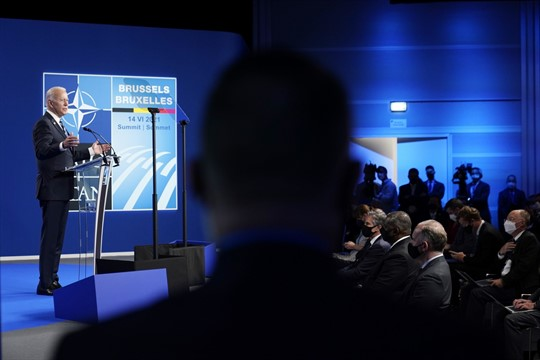
For several months now, much of the U.S. and European foreign and security policy community’s attention has been riveted to the Russia-Ukraine border, where more than 100,000 Russian troops remain massed and equipped for a potential invasion. Most of the internal debates in the West during this time have focused on variables that are simply unknowable: What are Russian President Vladimir Putin’s intentions? What are his objectives? And will the U.S. and its NATO allies be able to deter him from starting a war that would radically alter the geopolitical landscape of Europe, but also the world?
Only time will tell whether Putin plans a massive invasion, a punitive raid or something in between, or whether in fact he’s been bluffing all along. The same goes for whether he seeks to upend the European political and security order, rebalance it to take into account Russia’s changed status since the end of the Cold War, or permanently destabilize it through repeated exercises of this type of crisis. And the uncertainties inherent to deterrence mean we might never know whether or not Western action meaningfully altered Putin’s plans.
